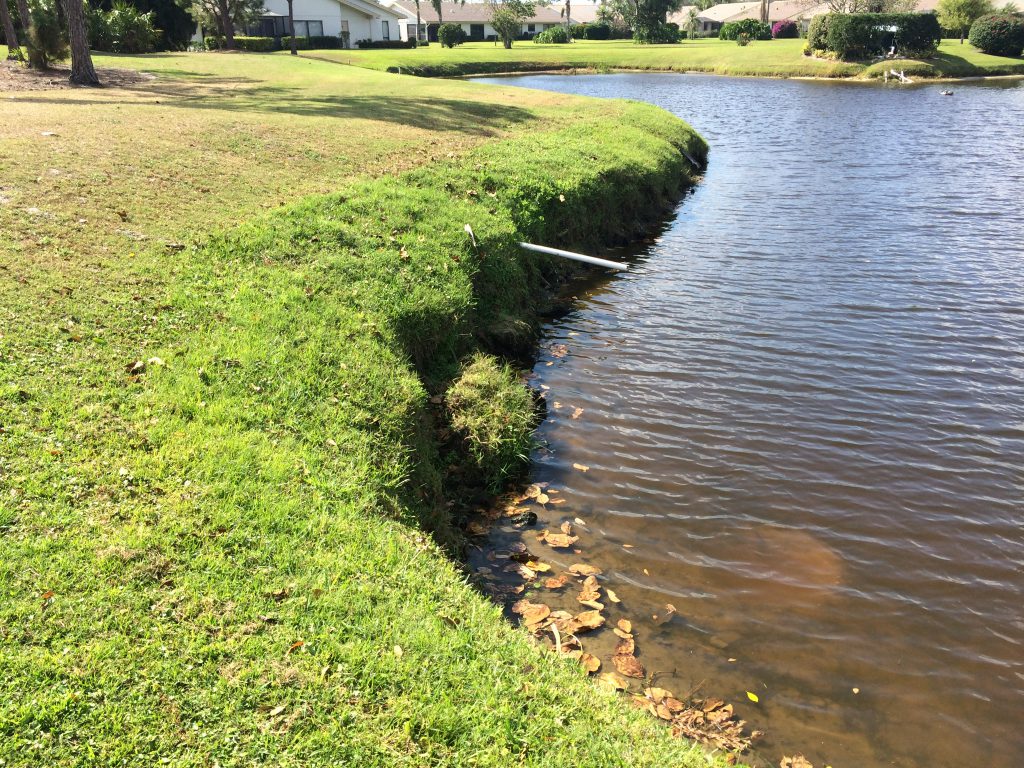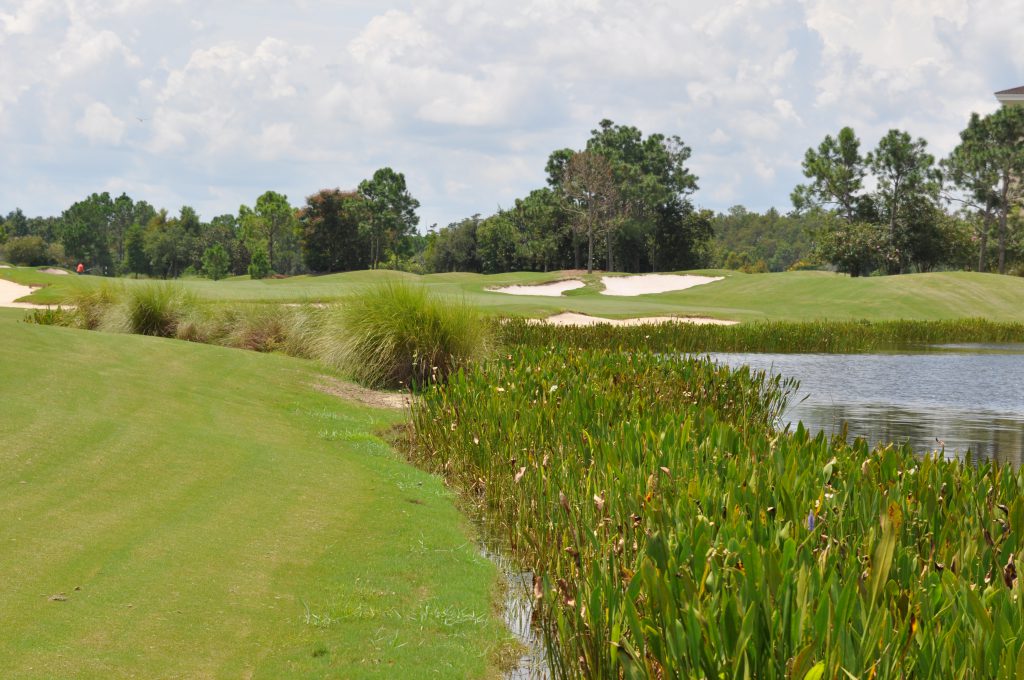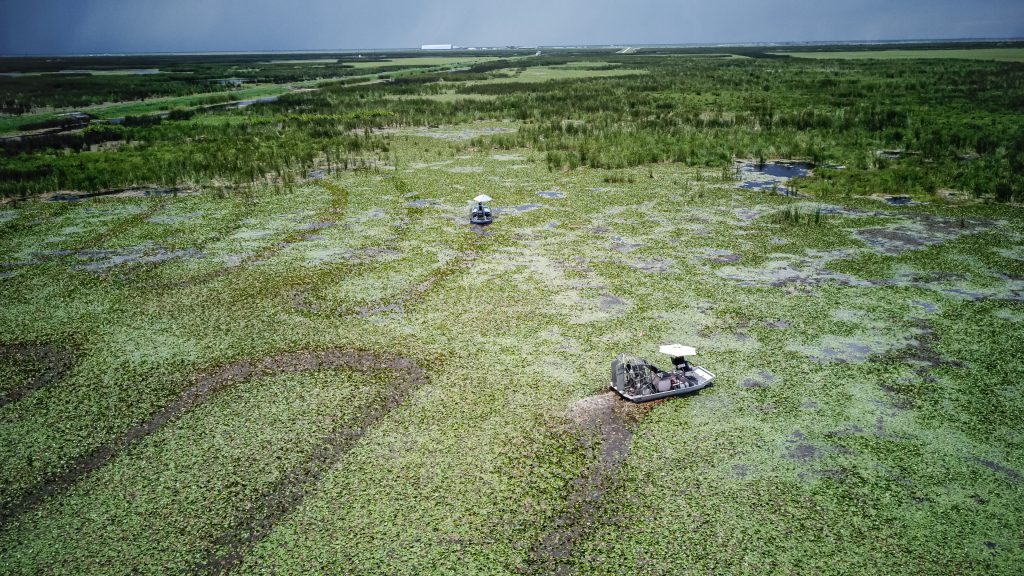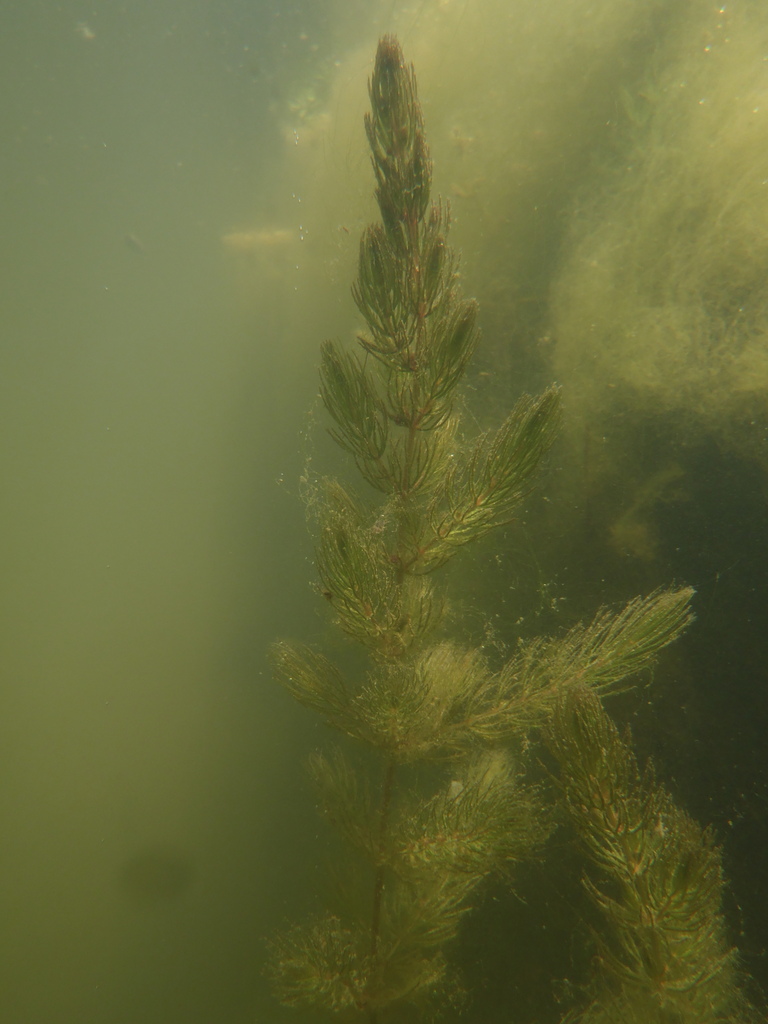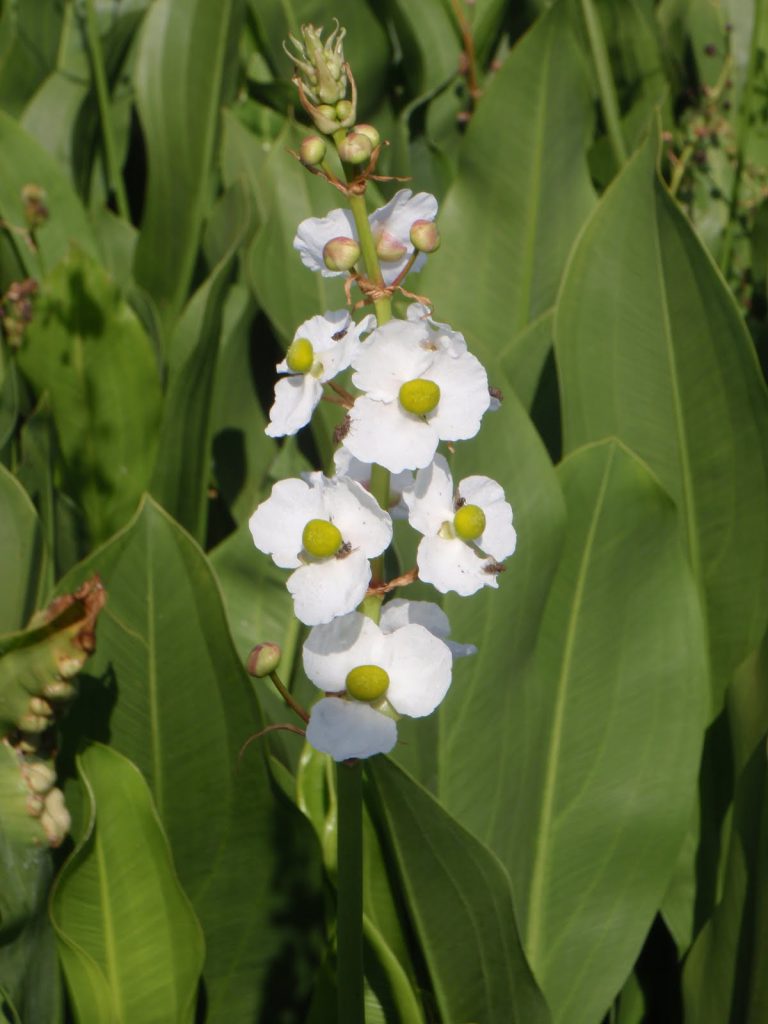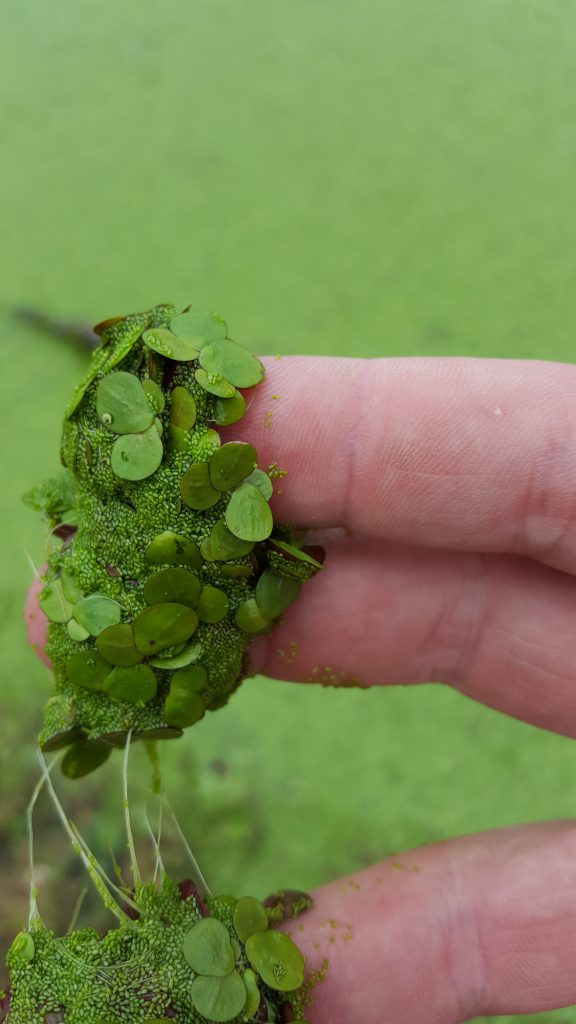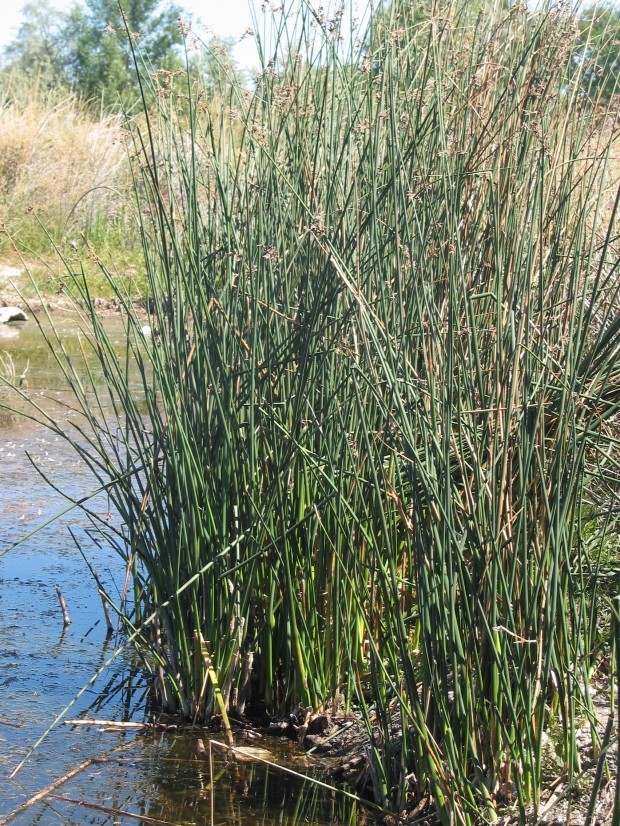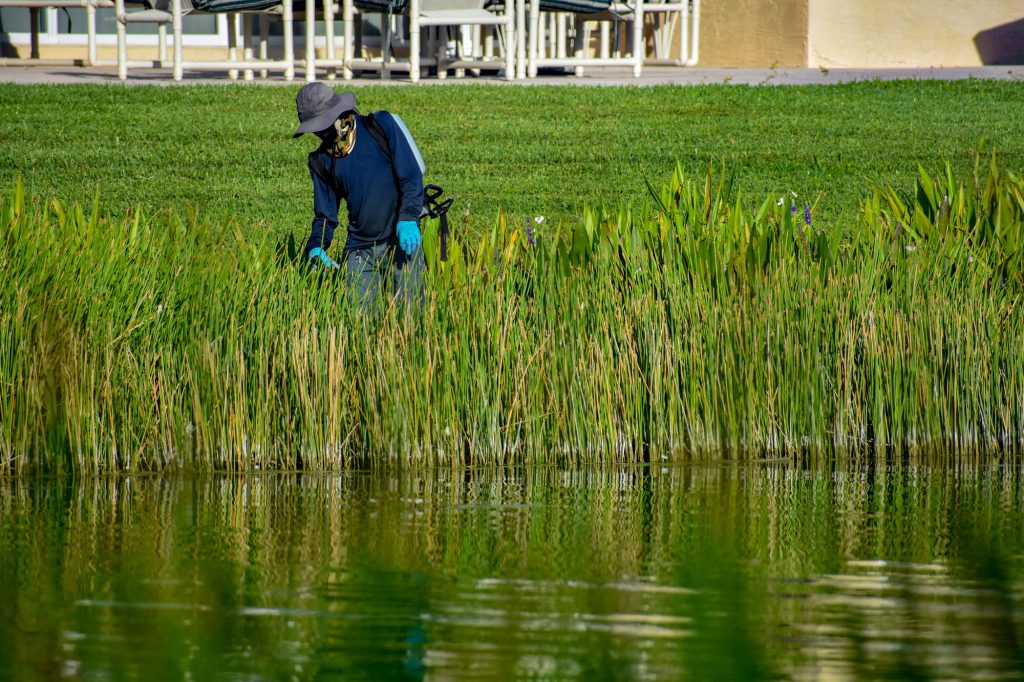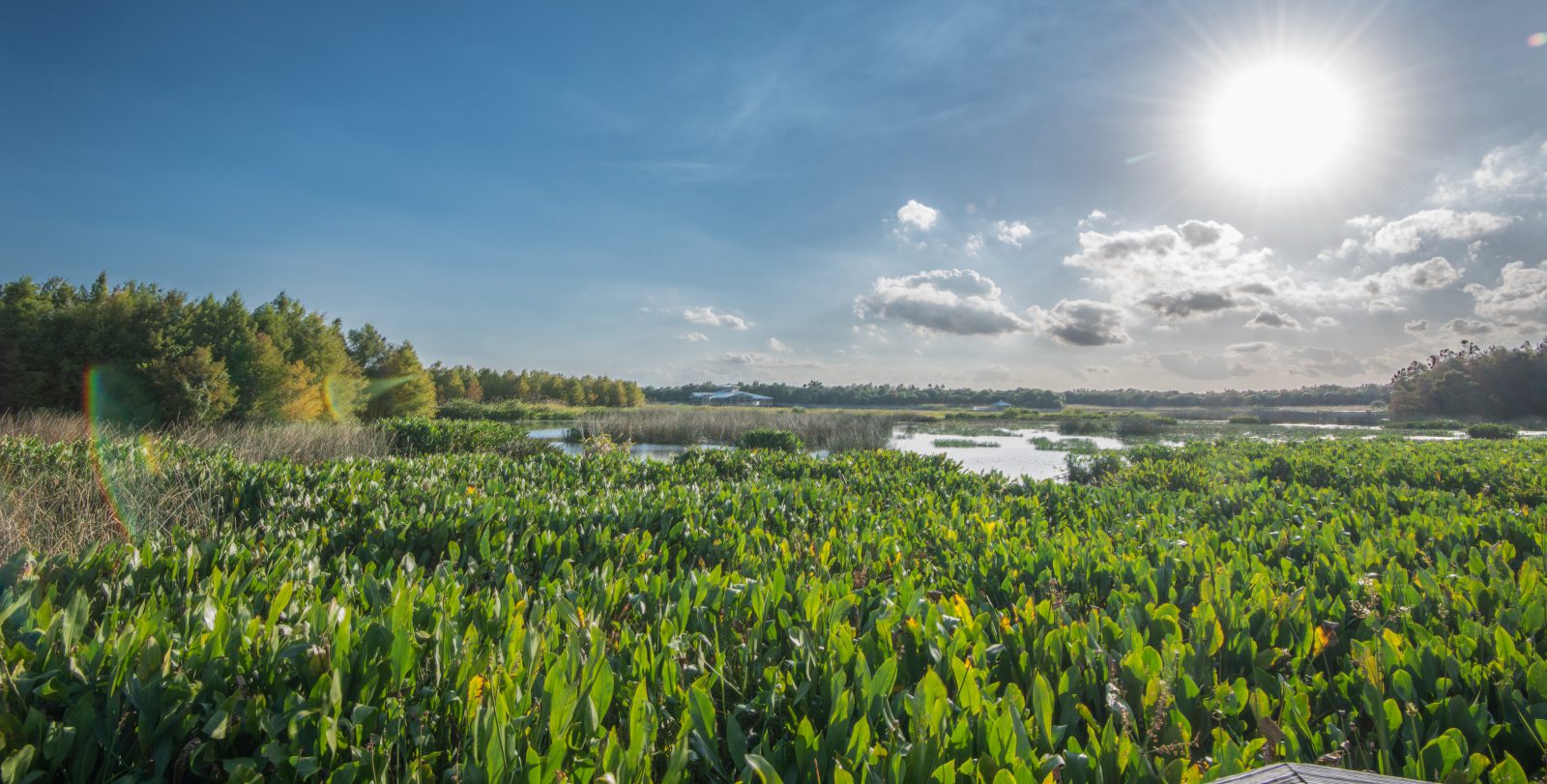
Florida Plants That Help Control Erosion in a Wetland
Once considered unusable swampland, only suitable for draining and filling, wetlands are increasingly appreciated. In fact, the trend today is to restore and construct wetlands for the many benefits that they can provide, such as stormwater and wastewater purification, sediment filtration, wildlife habitat, and erosion control and reduction. For this reason, wetlands are often referred to as the “kidneys of the landscape.”
It’s important to protect these vital ecosystems from erosion damage. Erosion can have a detrimental effect on the health of an aquatic ecosystem, so it’s important to implement proactive management strategies like beneficial plantings to prevent or reduce erosion damage on our waterways.
What Causes Erosion & How Can Plants Help?
Erosion is a natural process that occurs when the soil gets displaced. There are three leading causes of soil erosion:
- Heavy water flow
- Strong winds
- Human activity
In wetlands, heavy water flow is a natural cause of erosion. Climate change and urban development are human activities responsible for erosion. Erosion control plants disperse a strong root system that binds the soil and helps hold the shoreline in place. They serve as a protective layer that can prevent soil erosion.
For example, native grasses and sedges planted along the shoreline of water bodies act as a thick barrier that can slow water flow. Their roots hold the soil in position so that it is harder for it to wash away. These plants also protect the soil from direct rainfall as they break the impact of raindrops when they hit the ground, helping to prevent soil runoff. Emersed plants in the littoral zone with strong root systems also buffer the wave action in lakes and ponds, protecting upland plant roots and helping to prevent erosion.
What Do You Call Plants That Control Erosion in a Wetland?
The plants that work best are called “edge” plants, stiff-stemmed species that grow in water and are planted along the shoreline. Planting a healthy littoral shelf will provide the most protection against shoreline erosion. As waves brush up against the stems of the edge plants, the water’s force is weakened, and the soil remains in place.
It’s important to identify which plants are beneficial and native to Florida before planting them in your wetland area. Establishing a beneficial buffer and littoral zone comprised of beneficial vegetation will help reduce erosion damage to wetlands.
Beneficial buffer plant species native to Florida include:
- Pickerelweed
- Duck Potato
- Cardinal Flower
- Swamp Milkweed
- Blueflag Iris
Beneficial plant species for littoral zones native to Florida include:
- Golden canna
- Passion vine
- Penstemon
- Jewelweed
- Wild Columbine
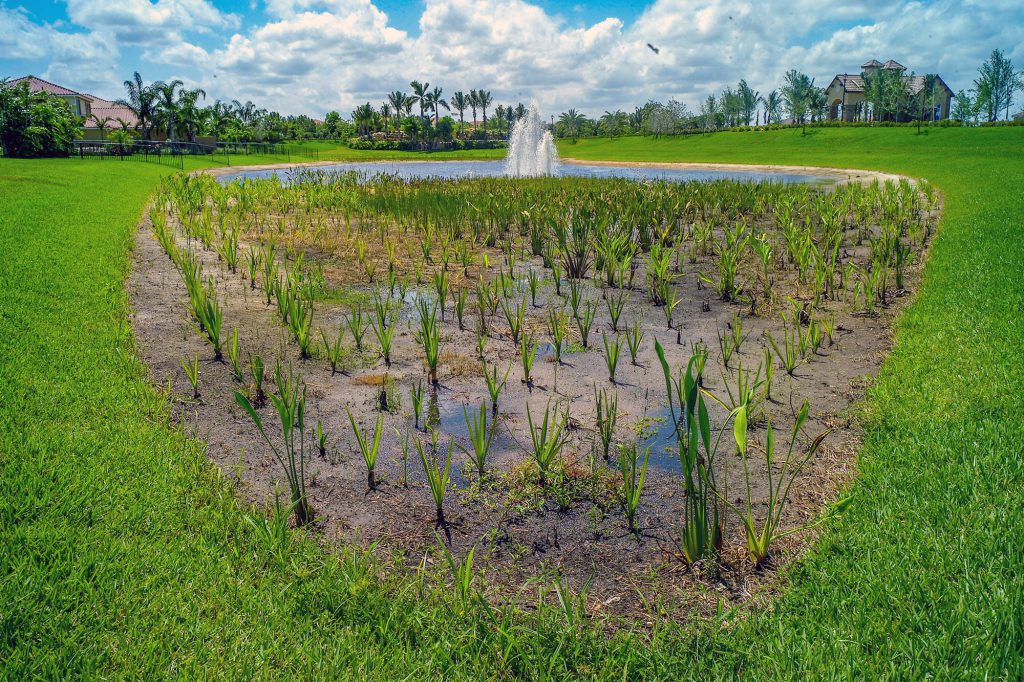
Planting Beneficial Native Plants
Plants used for erosion control should be planted along the shoreline in rows that are fairly close together. This helps them grow together quickly and increases their effectiveness. Vertical shoreline plants rarely spread beyond their desired area because they cannot grow in water that is deeper than 12 inches and cannot spread up the bank.
Beneficial shoreline and littoral plants can:
- Stabilize the bank and prevent erosion
- Filter pollutants and debris
- Eliminate excess nutrients that cause algae growth
- Provide cover and forage for songbirds, fish, and frogs
- Shade the water to prevent temperature increases
- Reduce wave and wind energy
Nuisance and Invasive Species Can Outcompete Native Wetland Plants That Help Control Erosion
Using plants is a safe, effective way to prevent and control erosion; however, not all of them are the best choice. Invasive plant species can quickly become nuisances.
Invasive aquatic plants usually have multiple reproductive methods and grow rapidly to reproductive maturity. This allows them to become widely dispersed very quickly. It also makes them difficult to control as they degrade entire ecosystems. This causes extreme oxygen depletion and pH changes that can kill or stunt fish growth and wildlife population. This can result in decreased species diversity, safety, recreational opportunities, and property values.
What you don’t plant is just as important as what you do plant. Large shrubs and trees should not be planted close to the water’s edge because they can reduce the storage capacity of the basin and block maintenance equipment. Trailing plants can grow large mats that cover the water’s surface, impeding its circulation and flow.
Invasive Species in Florida Wetlands
Florida is home to hundreds of native wetland plant species that thrive in damp to wet soils and even more that live in, on, or underwater. The term aquatic macrophyte is used to distinguish these plants from algae. Experts group aquatic macrophytes into three broad categories:
- Submersed
- Emersed
- Floating / floating-leaved
It’s important to mention that though these plants are native to Florida, they do not benefit wetland environments. The plants mentioned below are considered invasive species due to their ability to outcompete beneficial vegetation and should be managed to prevent overgrowth.
Submersed Aquatic Weeds
As the name implies, submersed aquatic macrophytes grow mainly under the water’s surface. Some are free-floating, and some are rooted in the sediment. They have a wide variety of shapes and sizes, and they have the potential to grow in most Florida waterbodies. Sunlight, nutrient availability, temperature, water clarity, pH, and sediment stability all affect where these plants grow.
Invasive Florida invasive submersed plants include:
Tape Grass (Vallisneria americana) — typically grows in clear bodies of water and is often home to bass, bream, shad, and other baitfish.
Sago Pondweed (Potamogeton pectinatus) — this submerged native grass grows mostly in water less than six feet deep.
Florida Bladderwort (Utricularia floridana) — this large rooted carnivorous plant feasts on nematodes, water fleas, tadpoles, and mosquito larvae. It gets its name from the bladder-like traps that capture its prey.
Coontail (Ceratophyllum demersum) — this free-floating submerged plant is commonly found in central Florida waterbodies. It has feather-like leaves that resemble the tail of a raccoon.
Though these plants are commonly found in Florida waterbodies, they are considered invasive species due to their ability to grow quickly and cause issues with recreational activities like boating, swimming, or fishing. If these plants are present in your waterbody, it’s important to monitor their growth and implement control strategies like hydro-raking or highly-targeted aquatic herbicides.
Emersed Aquatic Weeds
These plants grow in water-saturated or submersed soils near the edge of waterbodies, with the stems and leaves extending above the water. They can grow in damp, exposed sediments in times of low-water conditions.
Invasive Florida emersed plants include:
Cattails (Typha species) — these are easily identifiable by their brown, cylinder-shaped flower that looks like a cat’s tail. They grow along the water’s edge.
Duck Potato (Sagittaria lancifolia) — this plant has swollen underground stems that look like potatoes, hence the name. They have large, lance-shaped leaves and white three-petal flowers that extend high above the stems. They grow in ditches, swamp, streams, and lakes.
Lemon Bacopa (Bacopa caroliniana) — this emersed creeping herb features small blue flowers, a hairy upper stem, and thick succulent leaves. When crushed, the leaves give off a lemon-like scent.
Lake Hygrophila (Hygrophila lacustris) — featuring narrow elliptic leaves and small white flowers, this semi-aquatic plant is found in swamps and wet hammocks.
Bur Marigold (Bidens laevis) — a member of the daisy family, this emersed flowering plant is found in marshes.
These emersed plants can spread aggressively in Florida lakes and ponds. Since they are commonly found along the shoreline where beneficial buffer or littoral plants grow, it’s vital to implement management strategies to eradicate these plant species before they outcompete beneficial shoreline plants.
Floating-leaved Aquatic Weeds
Free-floating and floating-leaved plants are not anchored to the sediment. Instead, they uptake nutrients directly from the water column.
Invasive Florida free-floating and floating-leaved plants include:
Watermeal (Wolffia columbiana) — the world’s smallest flowering plant, watermeal is a small floating, species that is often mistaken for algae.
Small Duckweed (Lemna valdiviana) — these tiny floating plants have shoe-shaped leaves with a single root underneath. They float in sluggish or still waters.
Giant Duckweed (Spirodela polyrhiza) — while not giant by our standards, the giant duckweed consists of 2-3 rounded leaves connected with several roots beneath each leaf.
Water Lily (Nymphaea aquatica) — known for its delicate white or pink flowers, the water lily is commonly found in lakes and streams.
Water Shield (Brasenia schreberi) — found in lakes and slower streams, this free-flowing plant features long leaf stalks that extend downward and root in the mud at the bottom of the waterbody.
American Lotus (Nelumbo lutea) — found in muddy and shallow waters, the American lotus can be either emersed for free-floating. Its large yellow flowers make this plant easy to spot.
These invasive floating plants are very prolific invaders as they are able to move rapidly and spread quickly over the surface of lakes and ponds, and even drift or wash into surrounding waterways. It is important to identify and quickly implement control strategies like mechanical harvesting or highly-targeted herbicides via drone applications once spotting these invaders.
Grasses, Sedges, and Rushes
As the name implies, these aquatic species look like grass growing in the water. Some are completely submerged, and others are rooted in the sediment with their leaves and stems above the waterline.
Invasive Florida grasses, sedges, and rushes include:
Maidencane (Panicum hemitomon) — found in freshwater and on dry banks, maidencane has long stems measuring up to six feet.
Egyptian Paspalidium (Paspalidium geminatum) — featuring long leaves and thick, tufted stems, this plant blooms year-round in swamps and ponds.
Giant Foxtail (Setaria magna) — another year-round bloomer, giant foxtail favors deep ditches in swamps and wetlands.
Saw-Grass (Cladium jamaicense) — commonly found in fresh and brackish water wetlands. It is a large sedge with stems that can grow 4-10 feet high with sharp leaves and spikelets.
Soft-Stem Bulrush (Scirpus validus) — this sedge can grow up to eight feet high and is topped by a hanging flower cluster. Found in streams, ponds, and marshes.
Soft Rush (Juncus effusus) — soft rush grows in clumps in fresh and saltwater wetlands. Its pale green stems grow 2-5 feet and have no leaves. Clusters of small green-brown flowers seem to grow out of the sides of the stems, and the base is wrapped in reddish, leafy sheaths.
These species of grasses, sedges, and rushes can also become highly invasive in Florida waterbodies. It’s important to properly identify these plant species as they can easily be mistaken for beneficial plants. These invasive plant species can grow in a variety of environments, but when left unmanaged, they can outcompete beneficial plants. Saw-Grass, for example, is not considered one of the most invasive species in Florida and can crowd out mangroves and other native plants.
Maintaining A Healthy Wetland
Restoring or maintaining wetland vegetation along the shore is an efficient and eco-friendly way to protect property from erosion and lakes and streams from sedimentation. The richness of the animal and plant communities found in wetlands make them some of Florida’s most attractive natural environments.
Contact the aquatic experts to learn how plants can be used to prevent erosion in your lake, pond, or wetland ecosystem.
SOLitude Lake Management is a nationwide environmental firm committed to providing sustainable solutions that improve water quality, enhance beauty and preserve natural resources.
SOLitude’s team of aquatic scientists specializes in the development and execution of customized lake, stormwater pond, wetland and fisheries management programs. Services include water quality testing and restoration, algae and aquatic weed control, installation and maintenance of fountains and aeration systems, shoreline erosion control, muck and sediment removal and invasive species management. SOLitude partners with homeowners associations, golf courses, private landowners, businesses and municipalities. SOLitude Lake Management is part of Rentokil, a leading business services company, operating across the United States, Canada and Puerto Rico.
For more information, visit SOLitude Lake Management at solitudelakemanagement.com, and connect on Facebook, LinkedIn and Twitter.








